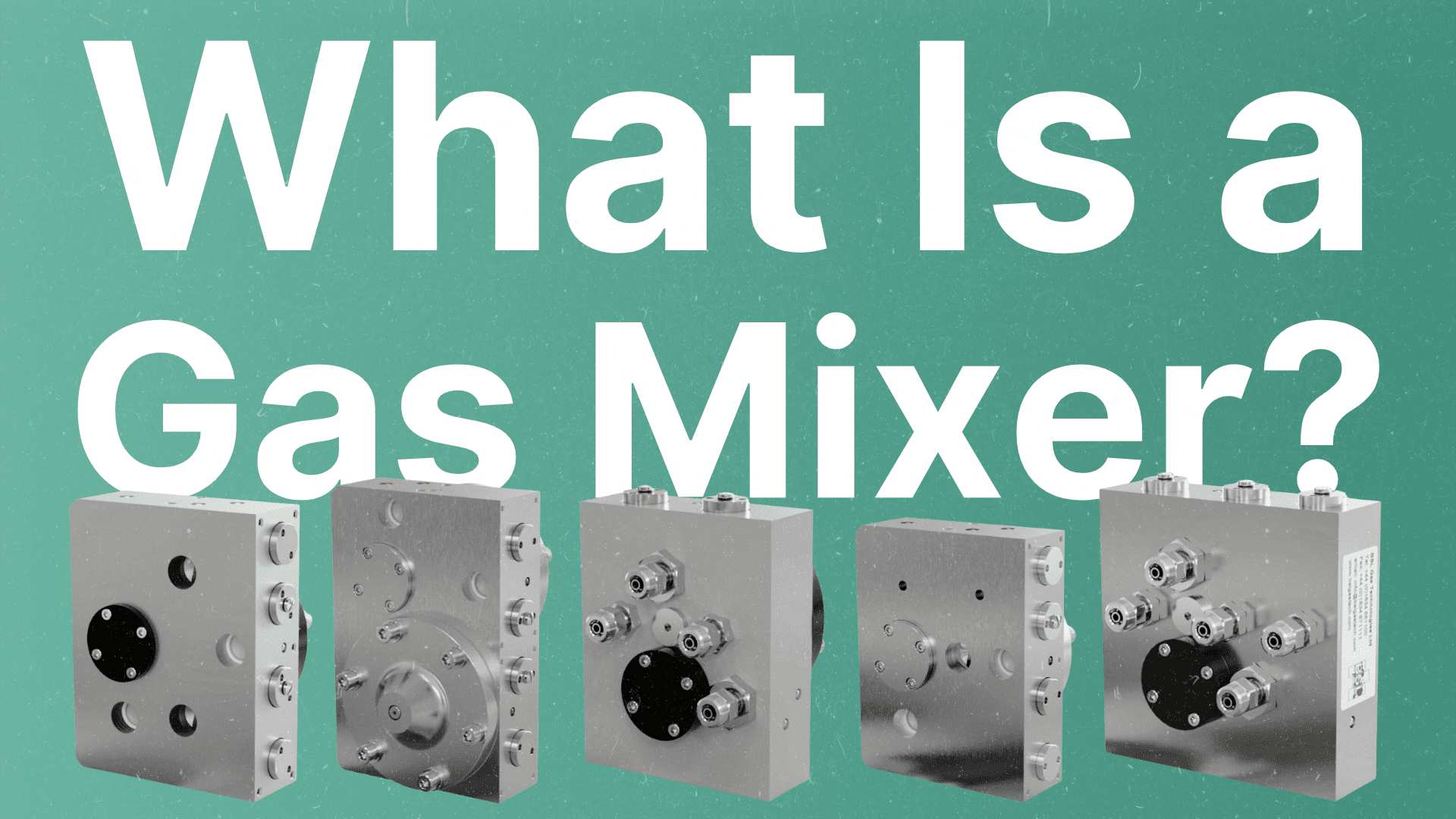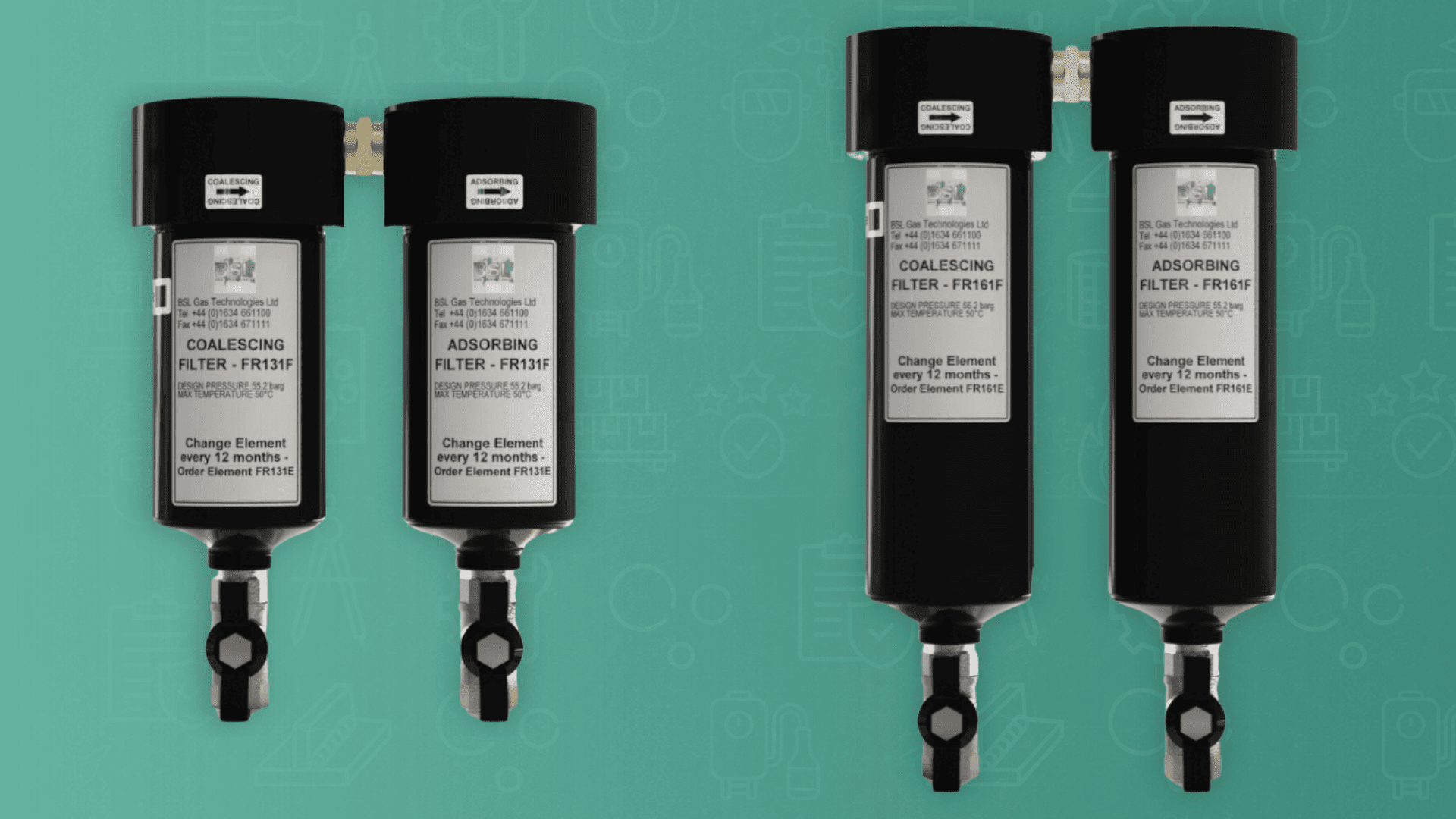When you’re working with multiple gases, consistency isn’t a luxury – it’s essential. That’s where gas mixers / gas blenders come in.
What Is a Gas Mixer?
A gas mixer / gas blender is an engineered system that blends two or more pure gases into precise, consistent mixtures by regulating flow rates, pressures, and ratios – delivering precise, consistent gas mixtures across a range of industrial applications.
Instead of relying on expensive pre-mixed cylinders and electrical supplies, with a BSL mechanical gas mixer, you can mix the exact ratios you need, safely and efficiently – all from a single system.
Gas Mixing vs Gas Blending: What’s the Difference?
You’ll often hear the terms “gas mixing” and “gas blending” used interchangeably in the industry, and there’s good reason for that. There isn’t actually any difference between the two. Whether you call it gas mixing or gas blending, you’re describing the same process: combining two or more pure gases in controlled proportions to create a specific mixture. The terminology simply varies between different industries, regions, and manufacturers, but the underlying technology and principles remain identical.
How Does a Gas Mixer Work?
At BSL, we design gas mixing systems around two core technologies: our bespoke porous flow tubes and our mechanical mass flow control valves (MFCVs), depending on the requirements of your process.
Our porous flow tube-based systems operate entirely mechanically – meaning they require no electronics, no solenoids, and no software to maintain gas mixture accuracy. These systems react in real time to changing process demands, continuously adjusting flow rates to keep the mixture within specification. With no moving parts prone to failure and no need for bulky storage vessels or annual inspection headaches, they offer a robust, low-maintenance solution for continuous gas mixing.
Where pressure drop is limited or additional storage volume is required, we offer systems built around our mechanical mass flow control valves (MFCVs). These precision-engineered devices stabilise flow rates against changing back pressures – such as those found in filling tanks – enabling tight mixture control even in dynamic environments. While they do include some electrical components and rely on a buffer volume, they still offer significant advantages over simple orifice-based mixers.
Both systems are designed to deliver reliable, repeatable performance across a wide range of applications – from food packaging and beverage dispensing to welding and inerting. Whether your priority is autonomy, accuracy, or ease of installation, we can configure a BSL gas mixer to suit your needs.
Key Applications of Gas Mixers
Food Packaging and Processing: Gas mixing equipment is essential in Modified Atmosphere Packaging (MAP), where gases such as carbon dioxide (CO₂), nitrogen (N₂) and oxygen (O₂) are used to slow down spoilage, preserve texture, and extend product shelf life. The ability to tailor the gas blend helps maintain food quality all along the cold chain–from factory to supermarket shelf.
Welding and Cutting: In metalworking, precision gas mixing creates specific gas mixtures–often involving argon (Ar), Helium (He) and (CO₂) – to shield the weld zone from air. This protects against oxidation and contamination, resulting in stronger, cleaner welds and more accurate cuts. Adjustable gas mixers also allow welders to tailor their ratios to the material or job.
Inerting and Tank Blanketing: Used in industries that store flammable or volatile substances (e.g. chemicals or fuel), gas mixers / blenders can help displace oxygen (O₂) from tanks with inert gases such as nitrogen (N₂). This reduces the risk of fire or explosion, and the flexibility to adjust mixtures depending on tank size or material is a huge benefit.
Heat Treatment and Metalworking: In processes like annealing, carburising, or brazing, specific gas environments are required–often at high temperatures. A gas mixer ensures that the right ratios are maintained continuously, which is crucial for achieving constant material properties and preventing defects.
Beverage Dispensing (Pubs, Breweries and Soft Drinks): Nitrogen (N₂) and carbon dioxide (CO₂) are blended in exact proportions to deliver the right fizz, mouthfeel, taste, and pour pressure. From leading nitro stout brands, to soft drinks, gas mixtures ensure every pour meets quality standards and tastes just right for your customers.
Benefits of Using a Gas Mixer
Buying pure gases in bulk for use with a mechanical gas mixer is cheaper than relying on expensive pre-mixed cylinders. With a BSL gas mixer, you only mix what you need – no waste, no overpaying. Our adjustable gas mixers give you the flexibility to switch ratios without needing to swap out cylinders, and once set up, a gas mixer delivers accurate mixtures again and again – no guesswork.
Instead of storing multiple pre-mixed cylinders, a gas mixing system will save you space. It’s a cleaner, simpler, space-saving alternative. And with built-in safety add-ons such as leak detectors, outlet filters, gas analysers and non-return valves, a gas mixer can protect both your staff, your workplace, and your process.
Whether you’re welding steel, pouring pints, or packaging salad – a BSL gas mixer lets you fine-tune your required ratios to suit your exact mixed gas needs.
Built-In Safety and Space Savings
We are proud to have an ISO 9001:2015 certified quality management system (QMS), which ensures all our systems meet the stringent international standards for quality, traceability and continuous improvement. Every gas mixer we produce is tested, documented and verified to meet or exceed the regulatory requirements relevant to its use, whether that’s in food processing, pub cellars, or hazardous environments for high-stakes processes.
When dealing with oxygen-rich environments, the risk of ignition increases significantly. That’s why our oxygen systems are built and cleaned to the highest standard:
Brass and High-Nickel Alloy Components: We avoid reactive metals like aluminium in oxygen (O₂) pathways, instead using oxygen-compatible brass and high-nickel alloy elements to reduce the risk of combustion.
We also strictly avoid standard rubber and other hydrocarbon-based seals in oxygen service. Instead, we use EPDM (ethylene propylene diene monomer) and other oxygen-safe elastomers that meet both safety and durability standards.
Meticulous Oxygen Cleaning Processes: Every oxygen-handling component undergoes a rigorous degreasing and cleaning procedure using industry-approved methods. This removes any hydrocarbon residues that could otherwise ignite under pressure.
Materials incompatible with oxygen – like silicone or petroleum-based greases – are also banned from the production environment during oxygen-system assembly.
Cleaning Certification: For every oxygen-rated unit, we provide full documentation of cleaning procedures, inspection, and compliance with relevant safety protocols.
Why Choose a BSL Gas Mixer?
Gas mixers might work quietly in the background, but they make a big difference – cutting costs, improving consistency, and keeping operations safe across industries. Whether you’re welding, brewing, packaging, or protecting high-value equipment, a reliable gas mixer gives you control where it matters most.
At BSL Gas Technologies, we don’t just build gas mixers – we build gas control systems you can trust. Whether you’re looking for a standard solution or a bespoke fit, we’re here to make it happen.
So, if you’re interested in learning more or have questions about how our gas mixing systems can be integrated into your operations, please don’t hesitate to reach out to us. If you’d like to read more from our blog you can do that here. Make sure you’re following us on LinkedIn, Facebook, Twitter and YouTube so that you never miss an update from us.




